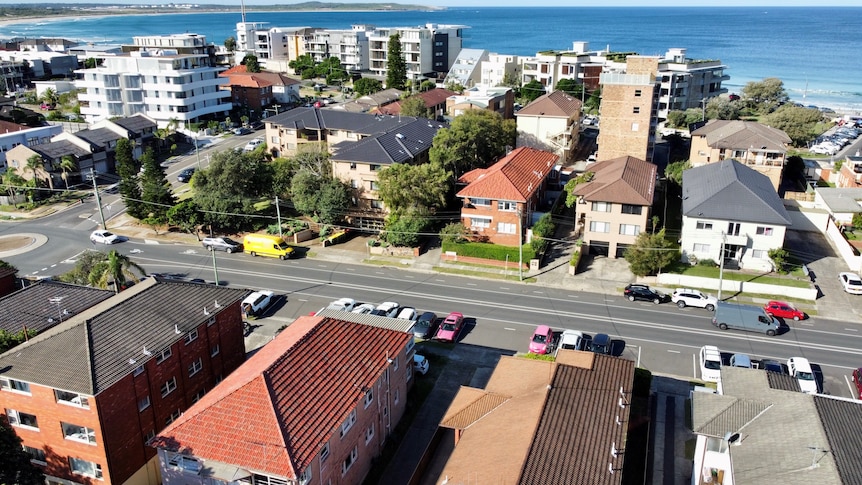Land Values Record Surge
- In summary, CoreLogic data indicates a 45% widening in the price gap between apartments and standalone houses from March 2020 to January 2024.
- Factors such as increasing land values, limited availability of houses for sale, and the preference for more space contribute to the significant price difference favoring houses over units.
- Looking ahead, experts predict a growing demand for apartments out of necessity, potentially leading to higher prices unless more units are constructed.
As Australia’s real estate market experiences a post-pandemic resurgence marked by consistent monthly property value escalations, recent statistics reveal a substantial 45% surge in the price variance between houses and apartments over the past four years.
The data provided by CoreLogic illustrates a notable increase in the disparity between house and unit prices, amounting to nearly $294,000, driven by escalating land values, a shortage of available standalone homes, and the desire for increased living space.
Between March 2020 and January 2024, house prices in major cities soared by 33.9%, equivalent to $239,000, while unit prices experienced a more modest 11.2% rise, totaling $65,235.
Over the last year alone, house values surged by 11% ($93,552), surpassing the 6.9% increase in unit values ($41,789).
“The surge in land value is the primary force propelling the overall property value, rather than the physical structure atop it,” noted Tim Lawless, CoreLogic’s research director.
“This scarcity of land is a pivotal factor contributing to the substantial hike in detached housing prices compared to units.
For those seeking an affordable standalone house, the search is extending further away from city centers,” Lawless added.
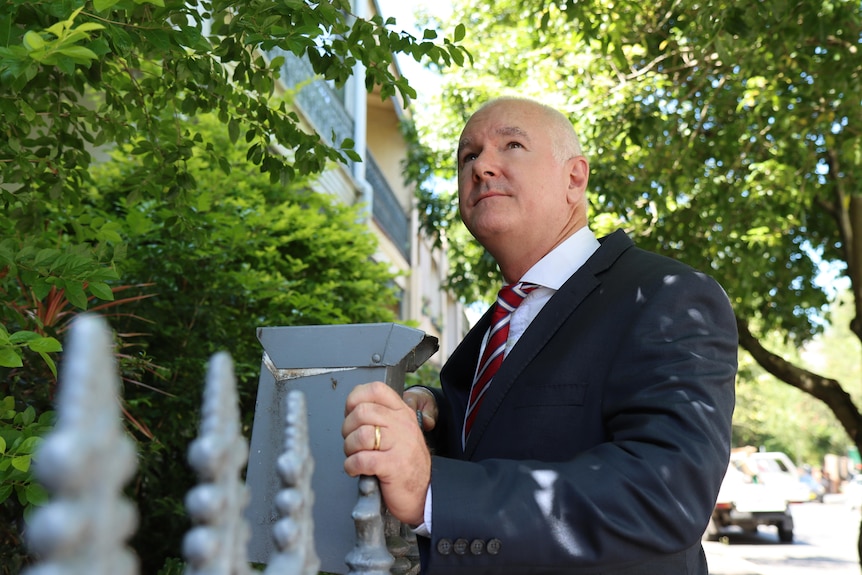
CoreLogic’s Tim Lawless highlights the growing challenge of purchasing a standalone house in major cities, noting the trend of rising property prices affecting all capital cities over the past four years. Despite the Reserve Bank’s interest rate hikes, the disparity between house and unit prices has widened significantly, with Sydney experiencing the most pronounced shift. Lawless attributes this phenomenon to buyers’ willingness to pay a premium for space and a yard in detached homes, reflecting the scarcity value of land driving prices up. This trend underscores the increasing unaffordability of houses, particularly for first-time buyers and lower-income households. As housing affordability remains a pressing issue nationwide, the lower price points of medium to high-density properties are expected to gain popularity as buyers prioritize proximity to essential amenities over space.
Will Land Values Record a Surge in the Future?
As the discrepancy between house and unit prices continues to grow, Mr. Lawless predicts a potential rise in apartment prices.
He believes it is a plausible scenario that more demand will shift towards medium and high-density housing, driven by budget constraints rather than changing preferences.
Given the significant price gap between houses and units, it is reasonable to suggest that units may be undervalued compared to detached homes.
This undervaluation is also evident in rental yields, with unit rental yields historically surpassing those of houses. However, the widening gap between the two reflects a relative undervaluation of units in comparison to detached housing.
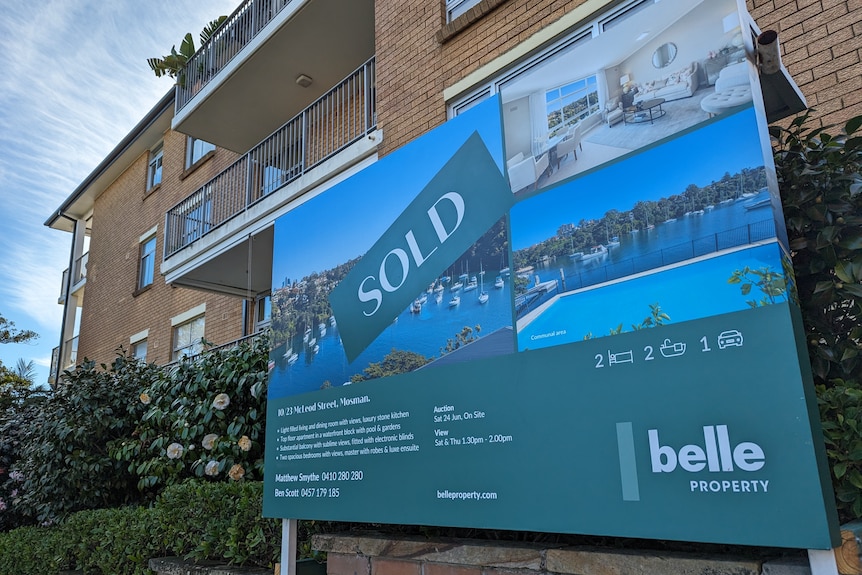
Impact of Land Values Record Surge on Property Market
Mr. Lawless highlighted that units are currently experiencing a decline in value compared to houses, as stated by ABC News reporter Tony Ibrahim. On the other hand, Peter Tulip, the chief economist at the Centre for Independent Studies, pointed out that both house and unit prices are expected to decrease due to “offsetting influences” affecting relative prices in the market.
According to Mr. Tulip, the increasing construction of more apartments will contribute to a decrease in both apartment and house prices. However, the impact is projected to be more significant on apartment prices than on house prices. This trend is likely to be influenced by the surge in land values, which plays a crucial role in shaping the property market dynamics.
Anticipated Surge in Land Values
Expect a notable increase in land values nationwide, driven by the surge in demand preceding anticipated interest rate reductions in the upcoming year.
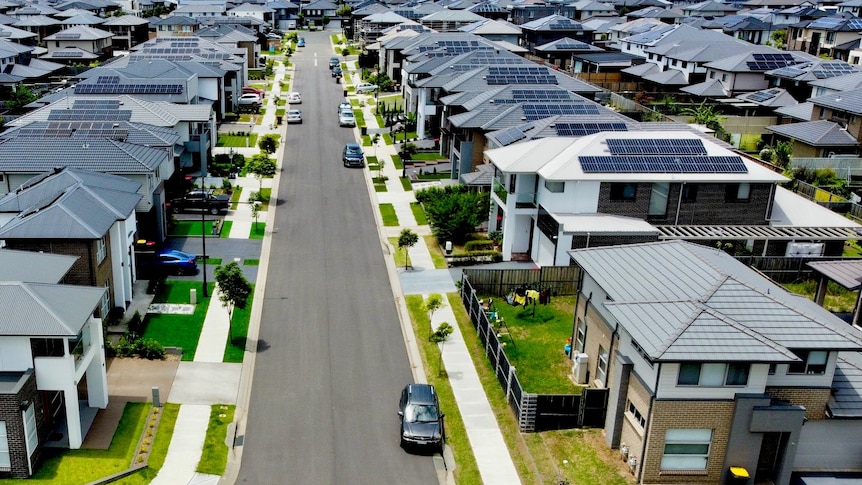
**Land Values Record Surge**
Mr. Lawless expressed concerns about the potential decline in house prices in the foreseeable future. He highlighted the importance of addressing the supply shortage in the housing market to potentially stabilize or even reduce housing prices. Despite the government’s ambitious goal of delivering 1.2 million well-located homes within the next five years, progress towards this target remains stagnant.
To achieve this target, Mr. Lawless emphasized the need for 20,000 dwellings to be approved monthly. However, the current rate of approvals stands at only 14,000, indicating a significant shortfall. This shortfall suggests that the market is likely to remain undersupplied in the coming years, leading to continued pressure on housing prices.
Mr. Lawless also predicted a rise in demand for apartments due to their affordability compared to standalone houses. This shift in demand could be attributed to the increasing challenges in the housing market and the allure of more cost-effective housing options.
The Evolution of the Australian Property Dream
According to Mr. Lawless, the continuous increase in house values compared to units has been a prevailing trend predating the pandemic. He observed that Australia’s enduring affection for land remains a significant driving force behind this trend.
He emphasized the persistent scarcity of land in major cities as a crucial factor. Factors such as town planning, restrictive zoning, and insufficient lower-density housing supply, along with the reluctance to develop infrastructure in outlying areas, contribute to this scarcity.
Despite the rapid changes brought about by the pandemic, Australians’ preference for land remains evident. The traditional notion of the “great Australian dream” involving owning a piece of land with a house and space continues to resonate, especially highlighted during the pandemic.
The demand for space has become more pronounced, with the premium on land still holding strong. The data shows that the trend of house values outpacing unit values persist, indicating a consistent preference for land ownership.
Land values record surge, and this trend reflects the enduring appeal of homeownership and space in the Australian property market.
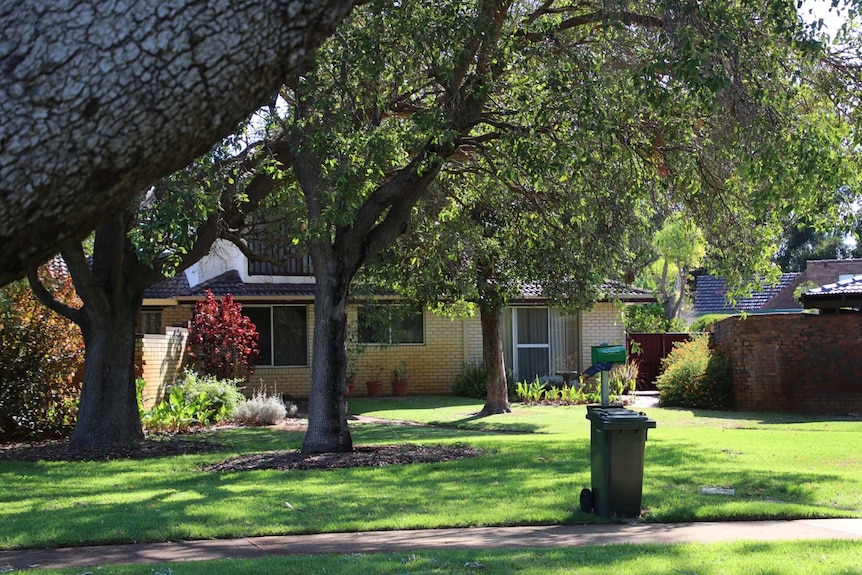
Land Values Record Surge in Capital Cities
Buying a home with a backyard has become a costly endeavor in major cities, according to ABC News.
According to Mr. Lawless, the traditional Australian dream of owning a house is unlikely to undergo a modern makeover. He anticipates a shift in demand towards medium to high-density housing options like townhomes and high-rise units due to budget constraints.
While there may not be a significant increase in Australians preferring unit living over traditional houses, the trend towards higher density living is driven more by necessity than choice. This shift is primarily driven by the need to make homeownership more accessible, leading more individuals to consider higher density housing due to its affordability.
If you’re having trouble viewing the content, please click here.
For more information, please visit our site 60time.com, and don’t forget to follow us on social media at Facebook.
